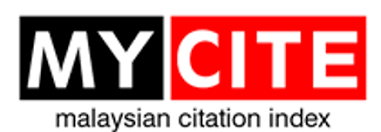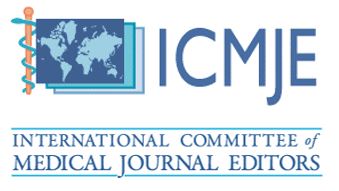Horizontal Inequality in Healthcare Utilisation in Rural Sabah, Malaysia
DOI:
https://doi.org/10.51200/bjms.v18i3.5372Keywords:
Healthcare utilisation, Inequality, inequity, Horizontal, Rural populationAbstract
Ensuring universal access to healthcare is essential for societal equity. However, significant inequalities exist within global healthcare systems, resulting in unequal access to services and divergent health outcomes. Socioeconomic inequity, poor living conditions, and inadequate healthcare infrastructure perpetuate poor health among poor communities. Despite greater healthcare needs, economically disadvantaged populations face substantial barriers to obtaining necessary services. This research evaluates the equitable aspect of healthcare utilisation in Sabah’s rural areas to guide policy formulation. Nabawan, a rural area in Sabah with high poverty rates, was selected to assess income-related inequality and inequity in healthcare utilisation. Using the horizontal equity index and decomposition analysis, it was found that economic status significantly influences healthcare distribution, typically favouring the affluent. Central to this analysis is the concept of “equal treatment for equal need,” ensuring individuals with similar healthcare needs receive similar care regardless of economic status. Results indicate that wealthier individuals are slightly more likely to utilise healthcare services, although the difference is minimal. To address disparities, enhancing targeted financial assistance programs like PeKa B40 could reduce out-of-pocket expenses for low-income households. Additionally, increasing healthcare funding for rural infrastructure and training local healthcare workers can ensure equitable access for all households.
Downloads
Published
How to Cite
Issue
Section
License
The copyright of the article belongs to the authors, who retain ownership of their work published in the journal. Their work is distributed under the CC BY-NC 4.0 license








1.png)




